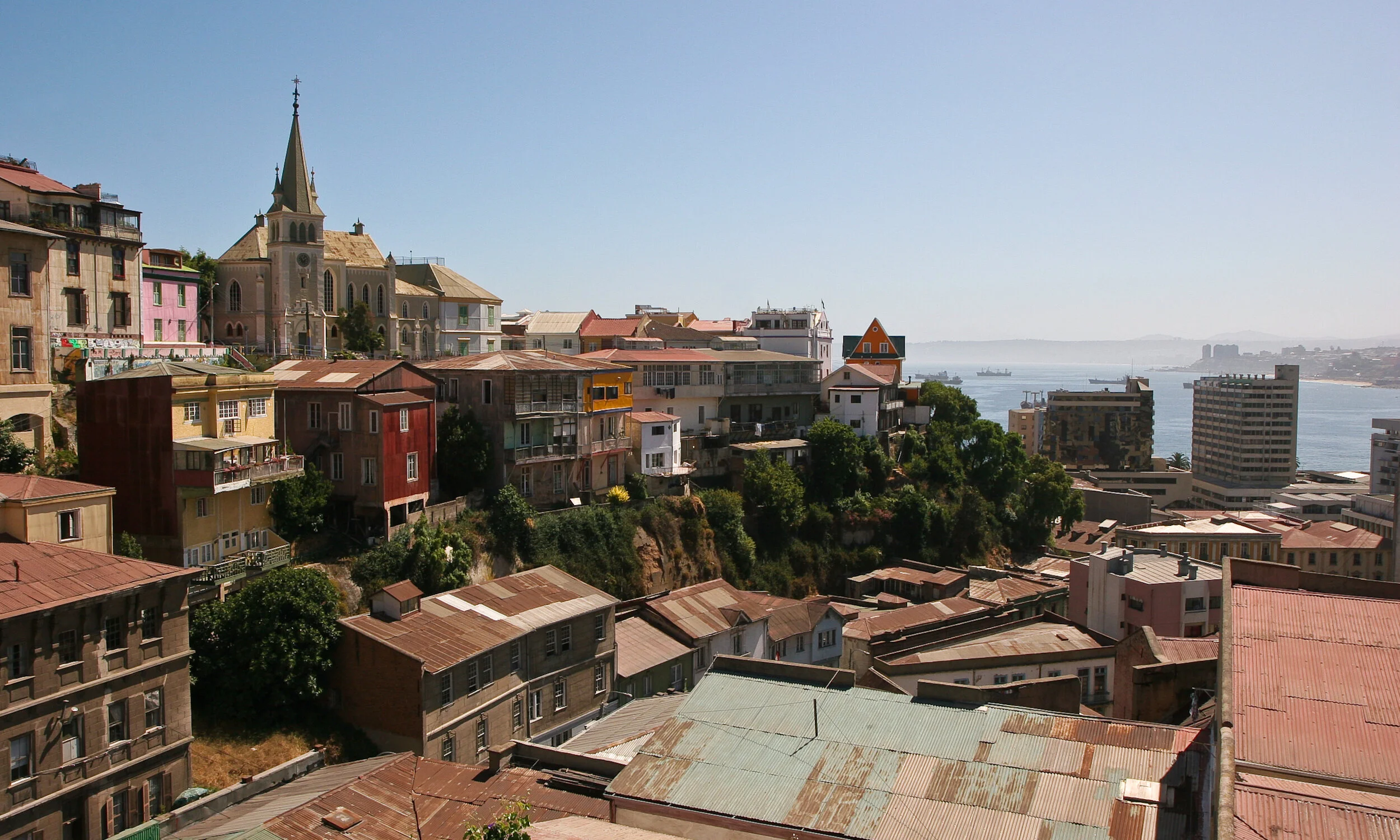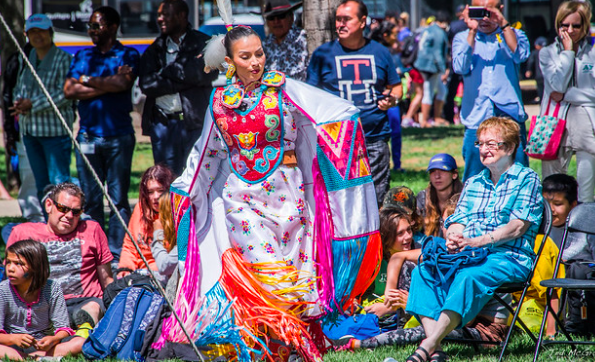A new U.S. State Department spending bill includes provisions that expand global abortion rights. The bill passed in the House on July 28 and requires Senate approval by Sept. 30.
On July 28, the U.S. House of Representatives passed a Department of State, foreign operations and related programs budget bill for the 2022 fiscal year. If the bill passes in the Senate and becomes law, it will have major implications for the global health industry.
The bill is the first of its type since 1973 to exclude language from the Helms Amendment, which blocks U.S. foreign aid money from funding health services abroad related to abortions.
The Helms Amendment’s language specifically prevents U.S. funds from paying for abortions as a method of family planning—yet foreign aid organizations have interpreted the amendment much more restrictively, to ban funding for abortions in other cases, such as rape, incest and life-threatening pregnancies. USAID has used the amendment to enforce a ban on the purchase of equipment and drugs to aid in post-abortion care.
Around 73 million abortions occur annually worldwide, even in countries where access to abortions is restricted. In fact, data shows that abortion rates are often higher in countries where abortion is restricted than in those where abortion is legal. Abortion restrictions, which the Helms Amendment helps to maintain, do not mean that pregnant people are not getting abortions—they just mean that access to safe abortions is severely limited.
The World Health Organization defines an unsafe abortion as one carried out by a person lacking the necessary skills or in an environment that does not meet minimal medical standards. Out of the 73 million annual abortions, nearly 35 million are estimated to occur in unsafe conditions. Unsafe abortions account for 8% of maternal mortality worldwide; each year about 47,000 women die from unsafe abortions.
Unsafe abortions occur overwhelmingly in developing countries, where U.S. funding could be crucial to removing obstacles for safe abortions.
The recent bill also permanently repealed the 1984 Global Gag Rule, which prevented foreign non-governmental organizations that were receiving U.S. funding from providing assistance on anything related to abortions, including information, referrals, or services. The Global Gag Rule banned such foreign organizations from providing abortion-related assistance even if they used their own, non-U.S. funds.
A 2019 study found that the Global Gag Rule effectively prevented NGOs from providing functional reproductive health services. The rule caused NGOs to reduce sexual and reproductive health and pregnancy counseling and stop providing information on legal abortion services. The Global Gag Rule also prevents NGOs from involvement in pro-abortion advocacy.
The U.S. is the largest funder and implementer of global health worldwide, but for nearly 50 years, the Helms Amendment and the Global Gag Rule have meant that a large portion of the healthcare sector misses out on this funding. Rather than preventing abortions, this legislation has served as further obstacles for people seeking safe abortions. Therefore, their exclusion from the most recent U.S. foreign spending budget bill is monumental.
In addition to the provisions regarding the Helms Amendment and Global Gag Rule, the bill allocated $760 million for family planning and reproductive health services, an $185 million increase from last year’s bill.
The spending bill passed in the House by a slim majority of 217 to 212. To become law, the bill must pass the Senate in the same form. The final 2022 fiscal year budget needs to be approved by Sept. 30.
If the bill passes the Senate without mention of the Helms Amendment and with the inclusion of the Global Gag Rule repeal, it will become a landmark piece of legislation for sexual and reproductive health rights around the world.
To Get Involved:
For more information about global reproductive health policy and how you can support initiatives to make safe abortions accessible, visit the Guttmacher Institute here or PAI here.
Rachel Lynch
Rachel is a student at Sarah Lawrence College in Bronxville, NY currently taking a semester off. She plans to study Writing and Child Development. Rachel loves to travel and is inspired by the places she’s been and everywhere she wants to go. She hopes to educate people on social justice issues and the history and culture of travel destinations through her writing.






































